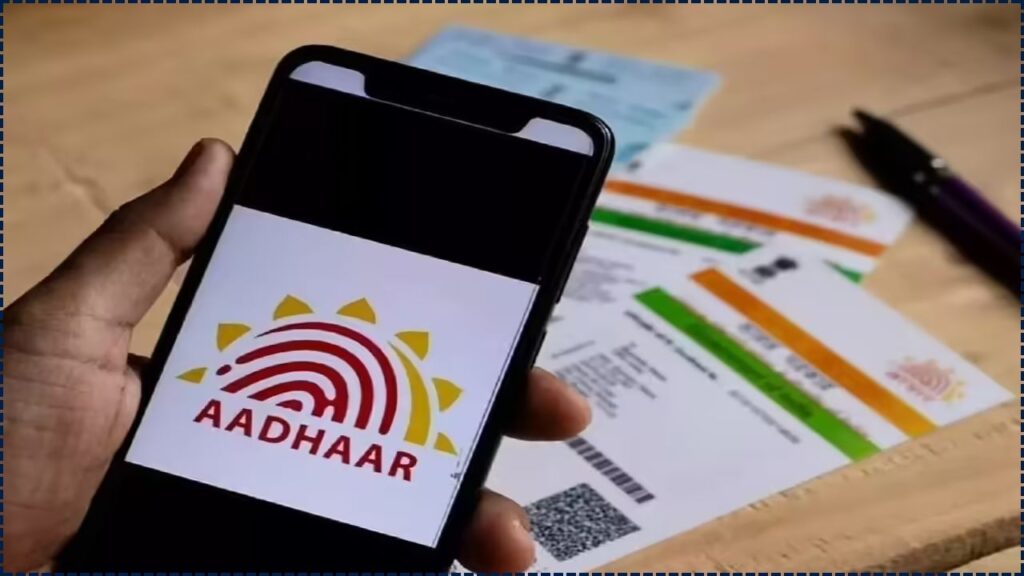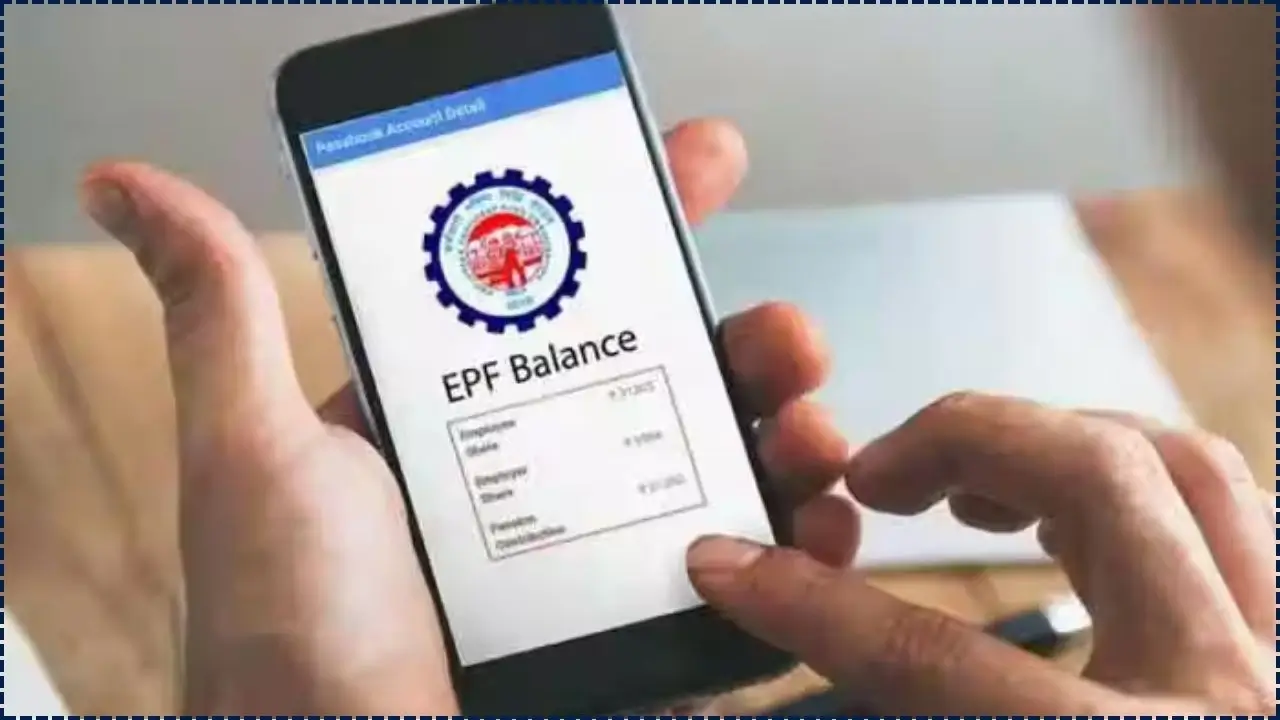Aadhaar’s pivotal role in India’s digital identity framework empowers millions by providing seamless access to essential services like banking and welfare, fostering inclusion and opportunity in a rapidly growing digital economy. Yet, the rise in biometric and e-KYC usage brings critical challenges, including concerns over privacy, data security, and the risk of excluding vulnerable populations.

Through ongoing reforms, such as offline KYC, rigorous audit protocols, and judicial safeguards, there is a heartfelt commitment to ensuring Aadhaar evolves with compassion and accountability, balancing convenience with the protection of every citizen’s rights. This dedication aims to build a future where technology uplifts all, fostering trust, equity, and dignity across communities.
Aadhaar—is India’s 12-digit biometric identity system issued by the Unique Identification Authority of India (UIDAI). Launched in 2009, it has been provided to over 138 crore residents and facilitates services such as e-KYC, welfare benefits, and digital authentication. Increasing face-based verification and enhanced offline KYC reforms aim to bolster convenience while addressing privacy and inclusion concerns.
Table of Contents
What Is Aadhaar and Who Manages It?
Aadhaar is a unique identity number generated using biometric (fingerprint, iris) and demographic data for Indian residents. The Unique Identification Authority of India (UIDAI), operating under the Ministry of Electronics and Information Technology, issues and administers Aadhaar according to the Aadhaar Act, 2016.
As of late 2024, Aadhaar has been issued to approximately 138 crore residents, making it the largest biometric ID system globally. However, Aadhaar is explicitly not proof of citizenship, address, or date of birth, a distinction reiterated by UIDAI officials at a cybersecurity summit in August 2025.
How Aadhaar Is Used by Citizens
Authentication and e-KYC
Aadhaar enables seamless identity verification across banking, telecommunications, and government services. In August 2025 alone, there were 221 crore authentication transactions, marking a 10% increase year-on-year. Face-based authentication also surged, recording 18.6 crore transactions, compared to 6.04 crore the prior year. These indicate growing reliance on Aadhaar’s biometric authentication infrastructure.
Offline KYC Reforms
In response to privacy and usability concerns, UIDAI is developing offline KYC mechanisms that eliminate the need to disclose Aadhaar numbers, OTPs, or biometric data. Instead, users will rely on more secure, streamlined verification formats.
Privacy, Legal Boundaries, and Oversight
Supreme Court’s Verdict
The Supreme Court upheld Aadhaar’s legality in 2018 while acknowledging privacy risks and limiting its mandatory use in sectors such as banking and telecom.
Privacy and Surveillance Risks
The concerns raised by legal experts like Justice D.Y. Chandrachud and human rights groups about Aadhaar’s potential for mass surveillance highlight a profound need to prioritize the dignity, privacy, and inclusion of every individual in India’s digital identity framework. The risk of profiling through linked databases and the threats of data misuse or exclusion underscore the urgent responsibility to safeguard vulnerable communities and ensure equitable access to essential services.
By addressing these challenges with empathy and robust protections, policymakers can foster a system that respects human rights, builds trust, and empowers all citizens, creating a future where technology serves as a tool for unity and upliftment rather than division.
Security Breaches
While UIDAI maintains there has been no breach of its primary database, reports have identified leaks via third-party or government agency websites, exposing Aadhaar data at scale.
Recent Developments & Regulatory Changes
Assam’s Enrollment Freeze
In August 2025, the Assam government announced it would halt new adult Aadhaar enrollments from October 1, except under special clearance. The move is aimed at limiting fraudulent registrations amid concerns over illegal immigration. Some marginalized groups, such as SC/ST and tea garden communities, will enjoy a one-year exemption.
Crackdown on Misuse
Members of the Public Accounts Committee have flagged cases where ineligible individuals acquired Aadhaar, later obtaining voter IDs and availing state benefits fraudulently. They have requested UIDAI to conduct a thorough audit of the database.
The UMANG App: A One-stop Solution for Accessing Government Services
















